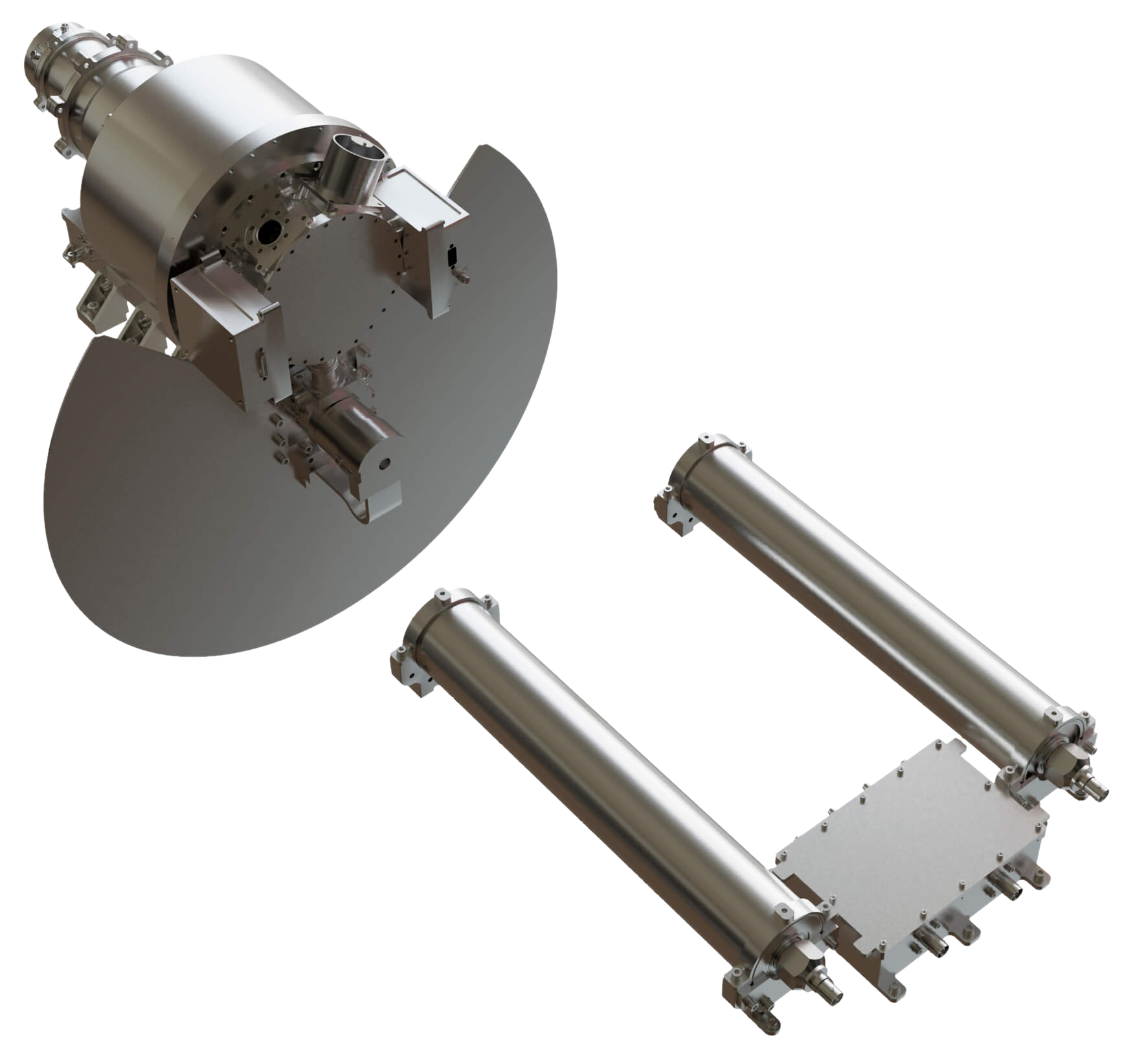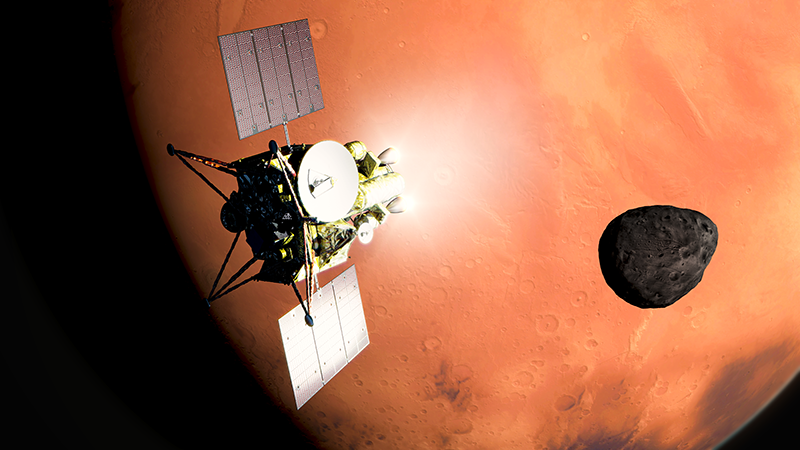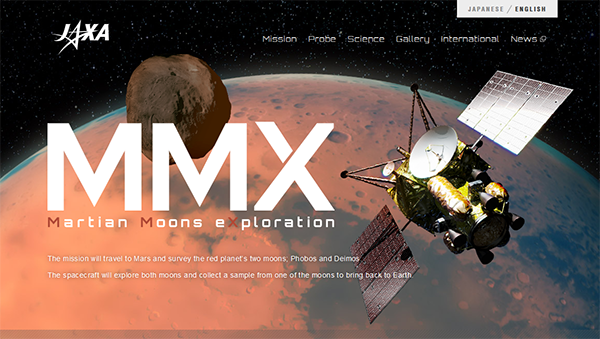The MEGANE Instrument
MEGANE is one instrument of the science payload of the MMX mission. For details on the full MMX instrument suite, visit the MMX science instrument website.
MEGANE is a gamma-ray and neutron spectrometer that builds on heritage from the MESSENGER GRS, and will utilize many aspects of the Psyche GRS that is currently in development for NASA's Psyche mission. The MEGANE GRS, which is designed and built in partnership with Lawrence Livermore National Laboratory (LLNL), uses a high-purity germanium detector to provide state-of-the-art performance and sensitivity for the gamma-ray measurements. To operate, the germanium sensor is cooled to the cryogenic temperature of 90 K. The GRS sensor is surrounded by a plastic scintillator (called the anticoincidence shield) that both reduces background signals and provides measurements of high-energy neutrons. The MEGANE neutron spectrometer (NS) uses the same type of 3He neutron sensors used on NASA's Lunar Prospector mission to measure thermal and epithermal neutrons. The MEGANE readout electronics (known as the Data Processing Unit, or DPU) consolidates all the GRS and NS functions into a single unit, providing an efficient means to limit the instrument's overall mass. During operations, MEGANE's GRS and NS can operate independently, and the combined results from both the GRS and NS will be used to determine the chemical composition of Phobos.

A 3D rendering of the MEGANE instrument, showing the gamma-ray spectrometer and radiator (top left) and the neutron spectrometer (bottom right).
Credit: Johns Hopkins APL




